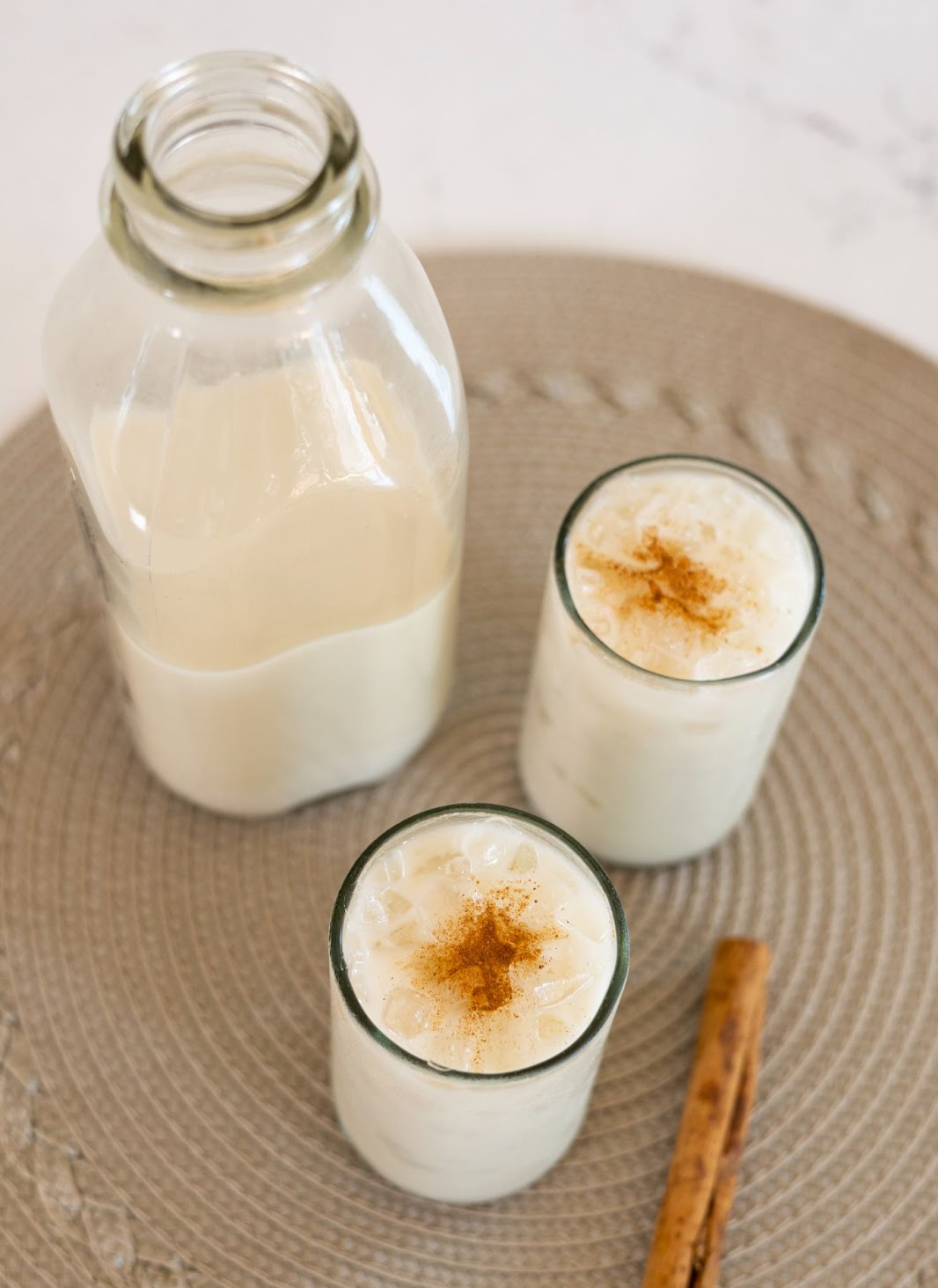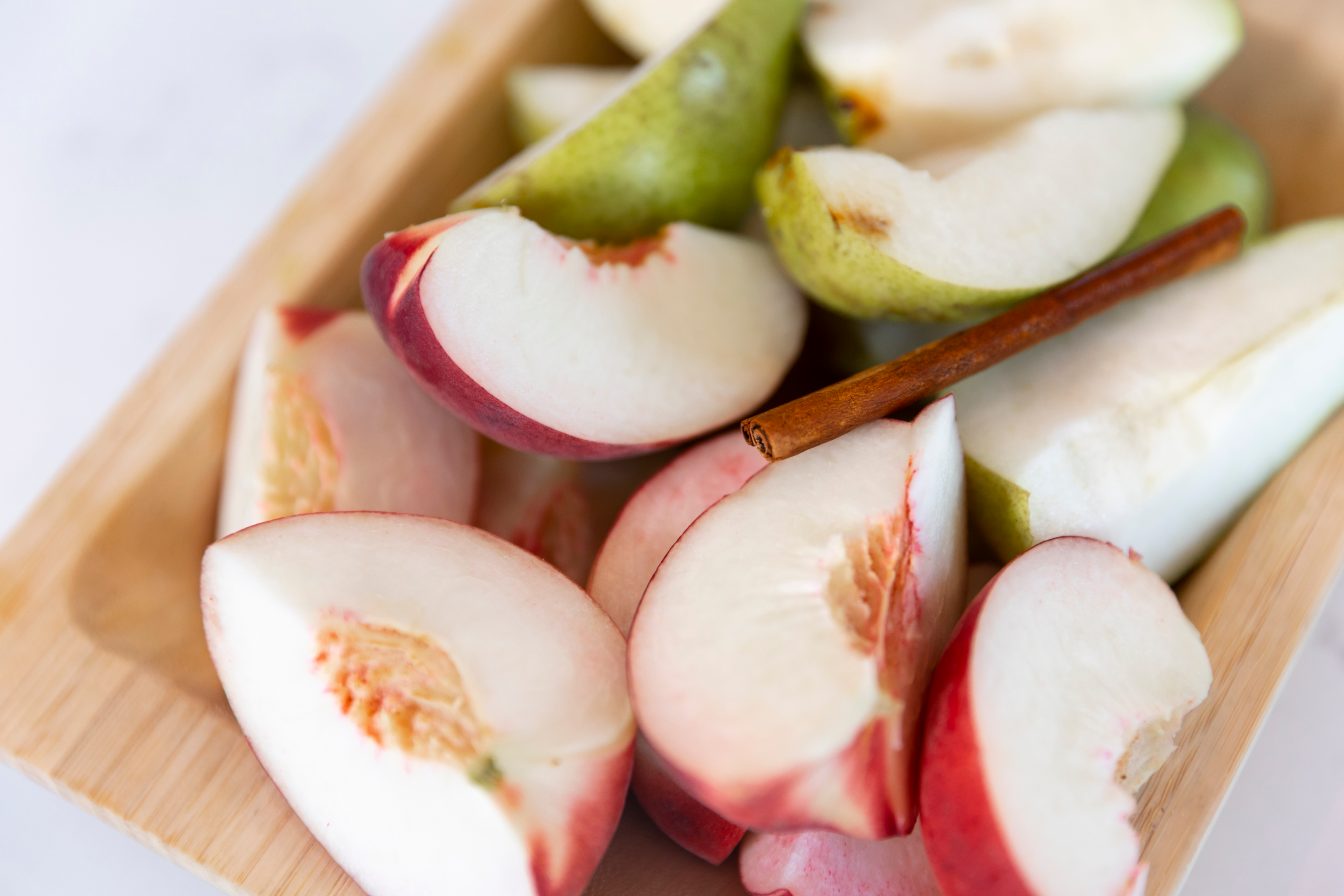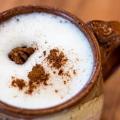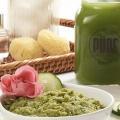Learn how to incorporate more antioxidant-rich cinnamon into your diet using fresh PURE ground cinnamon, as well as the health benefits you’ll experience.

Cinnamon: The Spice of Life
Did you know that cinnamon was once more valuable than gold? Now known to be anti-viral, anti-bacterial, and anti-fungal, cinnamon was used in ancient Egypt for religious practices and embalming rites, and also hailed in Medieval Europe for its ability to mask foul odors and help with certain ailments like indigestion, sore throats, and coughs.
And for those of you who can’t help but think “cinnamon roll” when you encounter the warm aroma of this succulent spice (we don’t blame you–cinnamon rolls are delicious), don’t forget that cinnamon is used across the globe in both sweet and savory dishes. Vietnamese pho, Indian curries, and Mexican mole sauce are just a few examples of the many recipes enhanced by this multifaceted spice.
Health Benefits of Cinnamon
Cinnamon has a bioactive compound called cinnamaldehyde, which is believed to support blood sugar control, protect against heart disease, and reduce inflammation in the body. Studies have also shown cinnamon could be beneficial to the aging brain, particularly in the case of inhibiting the kinds of proteins that cause Alzheimer’s.
How to Grind Cinnamon in a Juicer
Friends, grinding cinnamon sticks in the PURE Juicer is simple: select a #2 grid, and grind the cinnamon sticks. You may want to grind it along with other spices in your recipe, or you can opt to grind the cinnamon sticks on their own – it’s really up to you. What isn’t up for debate is the strength of the PURE Juicer’s grinder!
Note: We prefer to grind spices, then add them to juices and milks rather than grind them into the produce mash. This will give you a stronger flavor and bigger bang for your buck.
See how to grind cinnamon and coffee beans together in your PURE Juicer

The Best Ways to Incorporate Cinnamon into Juicer Creations
1. Spiced Juice
Cold-pressed juice is so delicious and smooth you may not think you need a reason to spice it up. Adding a bit of cinnamon to your favorite recipe will give your juice a little kick, great for late afternoons when you might need to add a little pep in your step.
Learn how to make spiced sweet potato asian pear juice with homeground cinnamon
2. Flavored Nut Milks
We love flavoring our homemade nut milks with freshly ground cinnamon. One of our favorite recipes is for our homemade turmeric milk, a wonderful warm beverage that settles the stomach and is full of antioxidant properties.
3. Spiced Nice Creams
Did you know that making “nice creams” is as simple as freezing your favorite fruit and running it through the PURE Juicer grinder with a #2 grid? Try grinding some frozen peaches and stir in some PURE ground cinnamon for a sweet and spicy treat. Or, freeze some bananas and run them through the blender with some cinnamon-spiced almond milk.

4. Spicy Chai Tea
Whether you’re in the mood for hot spiced chai in a mug or a tall glass of iced chai, you’ll never go back to store-bought once you’ve ground your own chai spices!
Learn how to grind your own chai tea spices in the PURE Juicer
5. Pureés and Baby Food
Pureés are easier to digest than chunks of fruits and vegetables, especially when eating them raw. Make your own pureés at home and ensure the health of those who have trouble chewing. Introduce cinnamon and other spices to the youngest members of your family by incorporating them into pureés and using them as baby food.

6. Dog Treats
We love using leftover juice pulp to make dog treats for our furriest friends. Adding cinnamon to this dog treat recipe (so good you may eat them yourself) is a wonderful way to add variety for your pup’s pallet.
7. Soups
Add cinnamon to savory dishes, including hearty soups for another layer of flavor. Consider adding your homeground cinnamon to a butternut squash soup or a vegetarian chili.
Learn how to use leftover juice pulp to make soups and stews
What Kind of Cinnamon Stick Should You Choose?
There are two types of cinnamon: Ceylon cinnamon and cassia cinnamon. Ceylon cinnamon originates from the cinnamomium tree in Sri Lanka, and while it is often more expensive than cassia cinnamon (a distant cousin of Ceylon cinnamon’s, hailing from China), it is heralded as the “true cinnamon,” and is more nutrient dense than cassia.
Cassia cinnamon is the most common type of cinnamon and is generally what is found in jars of the ground cinnamon found in grocery stores. Unless the label indicates that ground cinnamon is Ceylon, you can assume you are working with cassia.
Is it Healthier to Use Ceylon Cinnamon than Cassia Cinnamon?
There is some evidence to show that regularly consuming large doses of cassia cinnamon, which is high in the chemical compound coumarin, could result in damage to the liver and perhaps even contribute to the formation of cancer cells. This is a great reason to not take cinnamon supplements! As always, we recommend getting your nutrients from the source: through raw whole foods and spices.
That said, it would be very difficult for a person to reach a toxic level of coumarin by simply baking or juicing with cassia cinnamon.
If you are generally in good health and are not taking cinnamon supplements, grinding cassia cinnamon sticks at home will not adversely affect your health. Talk to your doctor if you are concerned about which to choose.
How to tell the Difference between Cassia and Ceylon Cinnamon
You can tell the difference between these types of cinnamon by simply looking at them: cassia is darker in color and the sticks are made up of a thick layer of rolled bark (what Americans typically imagine when we think of a “cinnamon stick”); Ceylon, however, is lighter in color, and its layers are thinner, more tightly packed, and more fibrous-looking.

Which Kind of Cinnamon is Best to Grind?
In addition to their nutrition density and lack of coumarin, Ceylon cinnamon sticks are also softer than cassia cinnamon sticks, and therefore are quite easy to grind. For these reasons, ceylon cinnamon is often recommended as the best type of cinnamon stick to buy for homeground cinnamon.
Of course, the PURE Juicer is strong enough to grind any cinnamon stick you throw into it, so your selection really comes down to price point and personal preference.
Where Should You Buy Cinnamon Sticks?
We buy our favorite cinnamon sticks online at Penzeys Spices, but you can also find cinnamon sticks at speciality markets like Whole Foods, Trader Joe’s, and Sprouts.
Once home, we recommend storing the cinnamon sticks together in a tall, airtight container.
Sources
Cinnamon: Plant, Spice, History, & Uses
Cassia vs. Ceylon Cinnamon: Are You Using the Right Kind?
Coumarin metabolism, toxicity and carcinogenicity: relevance for human risk assessment
Medical Disclaimer
PURE Juicer is a juicing company. We are not doctors or medical experts. All content and information on this blog and website is for informational and educational purposes only, does not constitute medical advice, and does not establish any patient-client relationship by using this website.
Although we strive to provide accurate general information, the information presented here is not a substitute for professional advice. You should not rely solely on this information. Always consult a professional in your area for your health questions and concerns before making any professional, legal, medical, financial, or tax-related decisions.












